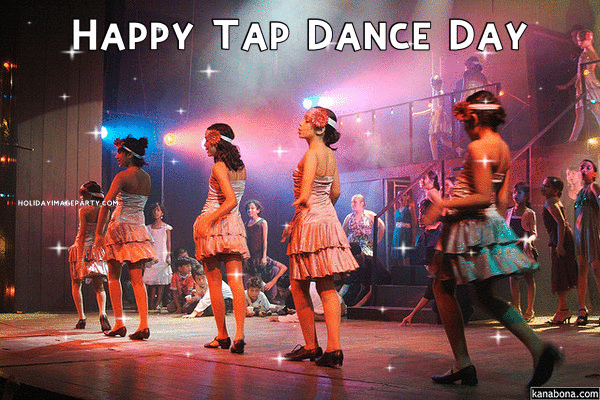Search This Blog
Wednesday, May 29, 2024
Seasonal Affective Disorder😔Not Just for Winter🌞

By Cameron Walker
This is what happens to Kristen Ashly during summer: Depression descends like a heavy curtain. She skips picnics, day trips and vacations — the hot, humid days in central Wisconsin make her lethargic, yet also agitated, irritable and unable to sleep. By afternoon, she feels “like a zombie.”
It’s hard to explain the feeling to those around her, said Ms. Ashly, a wrestling journalist and an owner of the women’s wrestling website, Bell To Belles. “People who love summer, they don’t get it. And up here, most people love summer,” she said.
Ms. Ashly has summer seasonal affective disorder, a less common and much less understood counterpart to seasonal affective disorder, or SAD, a recurring pattern of depression that comes on in fall and winter.
Often, when Dr. Rosenthal talked about his research, someone would approach him to say that the same thing happened to them — but in the summer. In 1987, he and his colleagues published a report of 12 people who experienced a pattern of seasonal depression between March and October. This and subsequent work suggested that summer SAD presented differently than its winter counterpart, and might have different causes.
“Summer SAD is more of an agitated depression,” said Dr. Rosenthal, a clinical professor of psychiatry at the Georgetown University School of Medicine. While those with winter SAD tend to oversleep and overeat, summer SAD often shows up with insomnia and lowered appetite.
An added challenge for the people who experience the disorder is the social pressure to feel summery when the sun is shining. People are used to the idea of mental health struggles during the winter, said Blessing Dada, 21, a student at Technological University Dublin in Ireland. Ms. Dada has experienced a deep sadness that comes on each summer, along with insomnia and migraines made worse by heat.
People tell her, “‘It’s summertime, you need to smile a bit more, be more happy,’” she said. “Comments like that are just not helpful.”
A few researchers, using year-round depression data, have questioned the idea that seasonal affective disorder exists at all. In 2016, researchers from Auburn University at Montgomery, in Alabama, reported that major depression was not associated with a seasonal pattern.
Dr. Rohan conducted a similar study in 2009 that evaluated surveys of about 2,000 children and adolescents, and found no seasonal pattern to their mood. That doesn’t mean that SAD doesn’t exist, she said, but that, in an ocean of modern depression, it is difficult to pick out the much smaller seasonal currents.
Those who study these seasonal currents are concerned that summer SAD, and mental health challenges in general, will increase with climate change. A 2018 study in the journal Nature Climate Change found that both suicide rates and social media posts using language signaling lower mood increased as average monthly temperatures rose in the United States and Mexico. The study suggested that as many as 21,000 additional people in these countries could die by suicide by 2050, based on projected temperature increases of 2.5 degrees Celsius in the United States and 2.1 degrees Celsius in Mexico.
Dr. Postolache and his colleagues started studying seasonal mood change in Old Order Amish people in Lancaster County, Pa., because of this group’s limited exposure to electric light, making them more subject to natural variations in day length. The Old Order Amish also spend significant time outside in spring and summer, which translates to greater pollen exposure.
When the researchers surveyed about 1,300 Old Order Amish, they found the small group of people who felt at their worst in the summer also tended to report that high-pollen days worsened their mood. Previous work with college students also suggested a link between low summer mood and pollen sensitivity.
While more research is needed to understand how pollen might tie into summer SAD, Dr. Postolache said, “When you feel at your worst relates really well to daylength in the winter” and “to the heat and the pollen for the summer difficulties.”
If heat dampens your mood, Dr. Rosenthal said that some of his patients have found that frequent cold showers or baths can help; others experienced some relief by walking early in the morning. Sometimes intense summer light, along with heat and humidity, can be problematic; decreasing exposure with dark glasses or curtains may also be worth trying.
“If those things help, then do them,” Dr. Rosenthal said.
Ms. Ashly said she keeps a small misting fan by her desk, takes chilly showers and runs her wrists under cold water to help her cool off. On particularly hard days, she goes to her parents’ house and works in the basement, she said.
For winter SAD, researchers have found that cognitive behavioral therapy, a form of talk therapy, can help. A clinical trial with 177 adults compared it to light therapy, a well-known SAD treatment, and found that both significantly improved how people felt. Dr. Rohan is considering developing a similar therapy for the summer form of the disorder. She recommended contacting a professional to determine whether what you’re experiencing is related to the season or to another source — and, most importantly, to find ways to help you feel better.
Even if summer’s effect is subtle, it’s worth noticing. “Maybe you can get through your day, but you’re not feeling your best,” Ms. Ladipo said. “That still warrants attention.” Being mindful of the seasons outside and within can help you navigate summer as the Earth continues on its journey, its perspective on the sun a little different each day. Cameron Walker is a writer in California.
Sunday, May 26, 2024
Memorial Day 🇺🇸 Celebrations



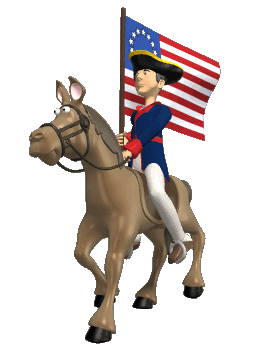










Saturday, May 25, 2024
National 🕺Tap Dance Day💃 May 25th

Tap Dance Day is celebrated online, with over 27,518,521 mentions on social media in 2016.
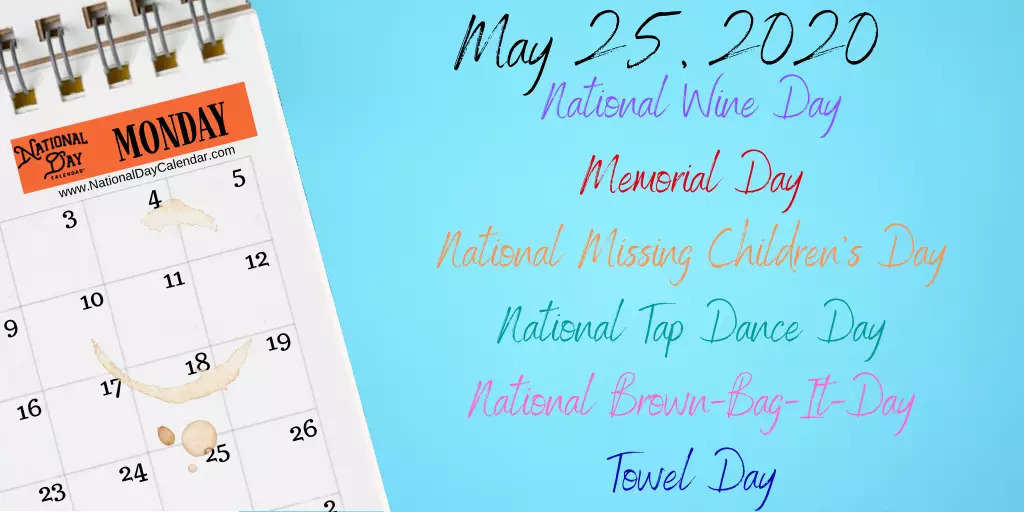

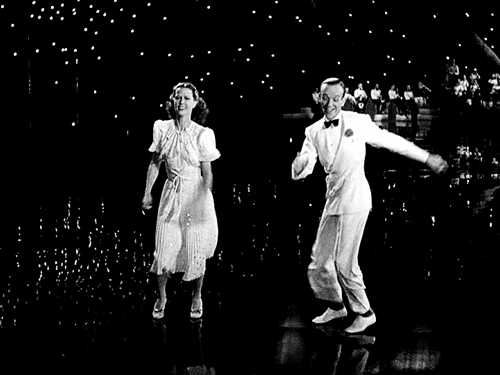


Jumpin Jive
👇 🕺🏽🕺🏾 👇
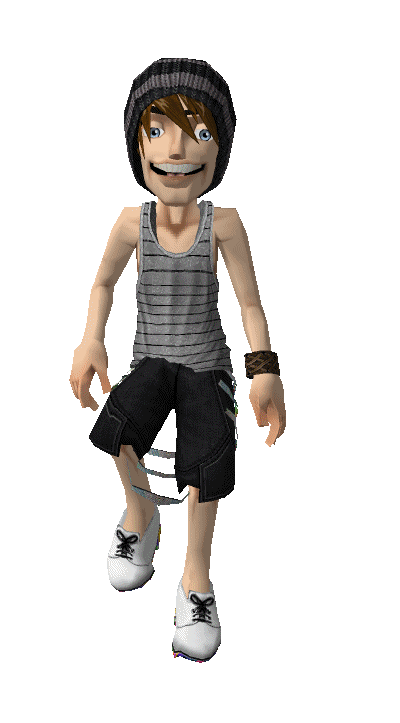


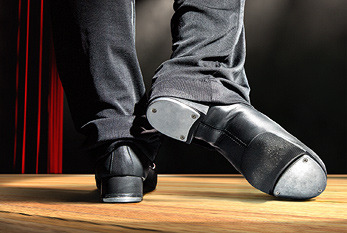
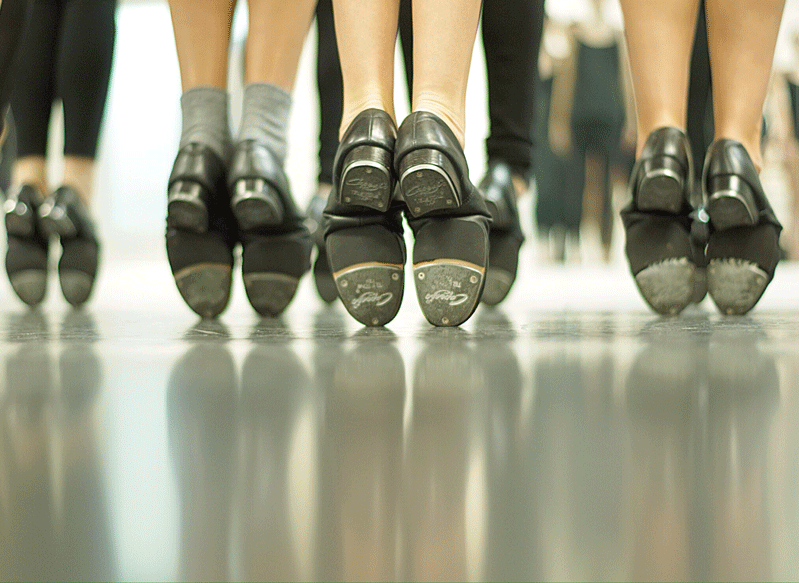


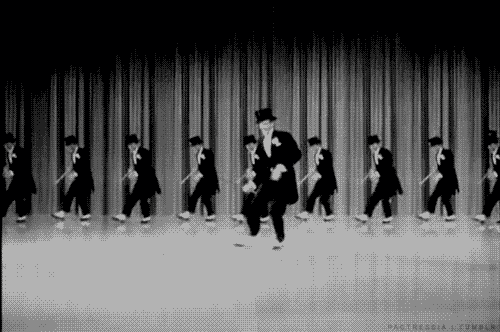
Thursday, May 23, 2024
Chansons 🇫🇷 Ne Me Quitte Pas🌍Multi Languages🇺🇳



In a 1966 interview, Brel said that "Ne me quitte pas" was not a love song, but rather "a hymn to the cowardice of men", and the degree to which they were willing to humiliate themselves.






.gif)





